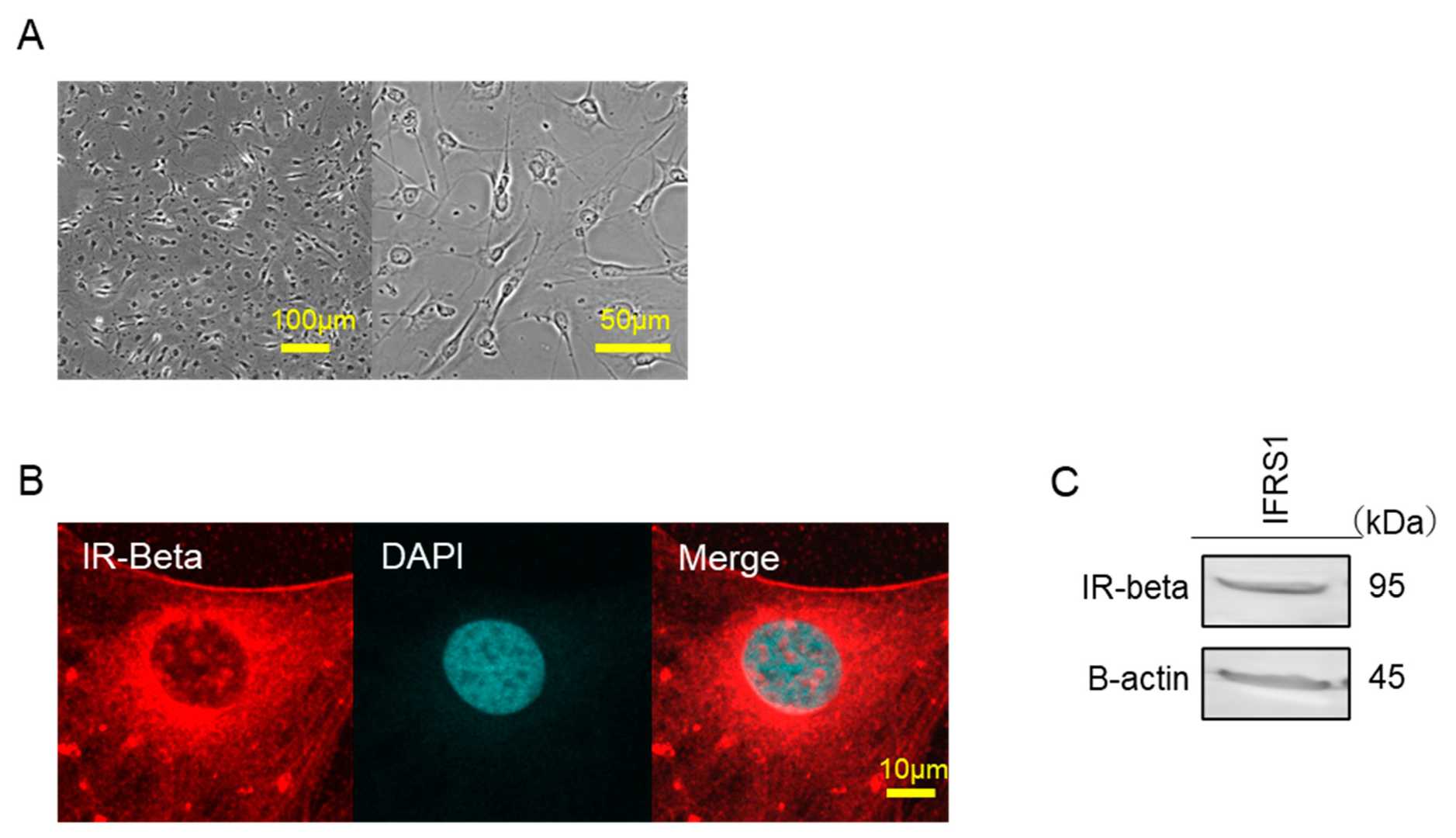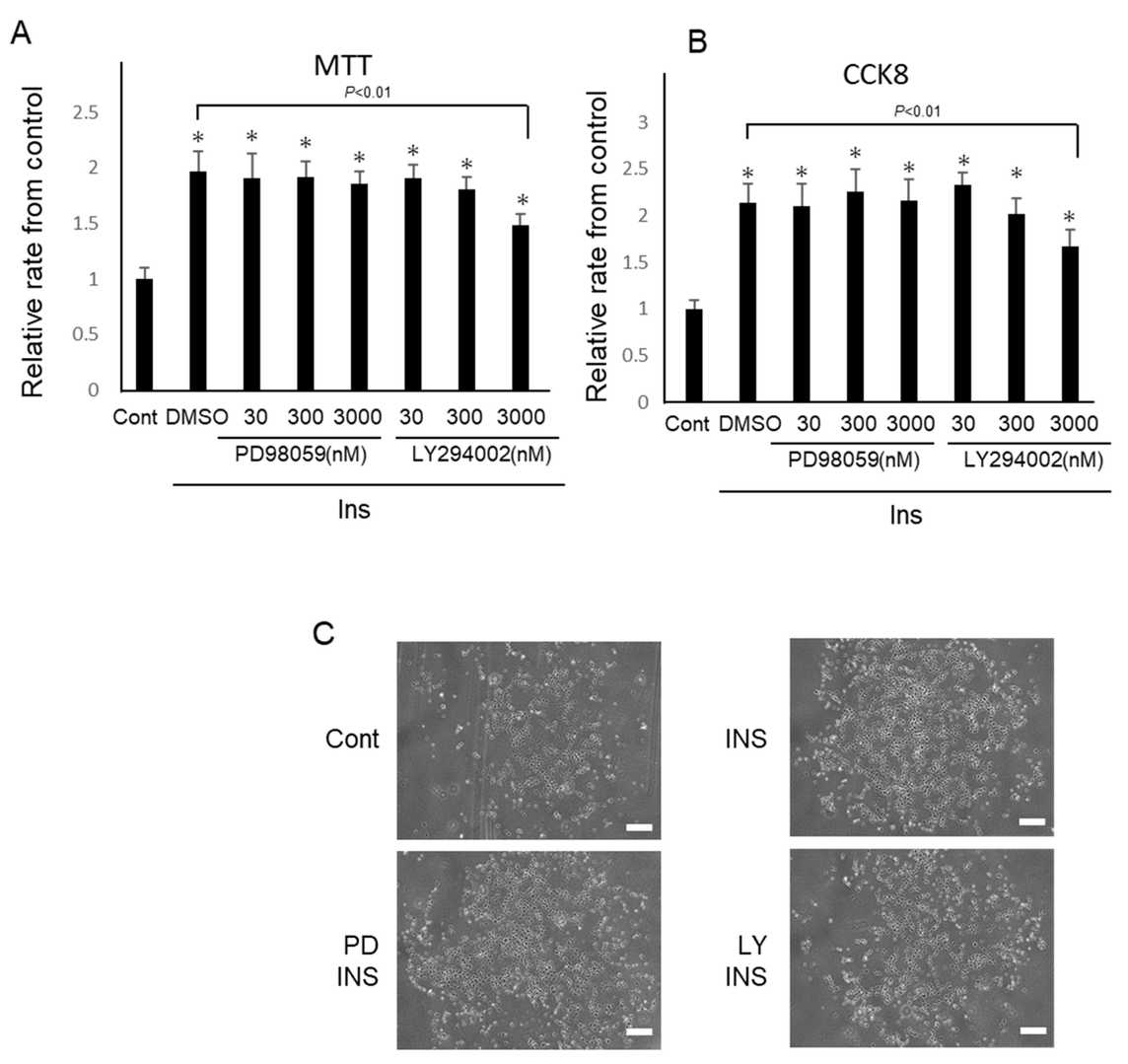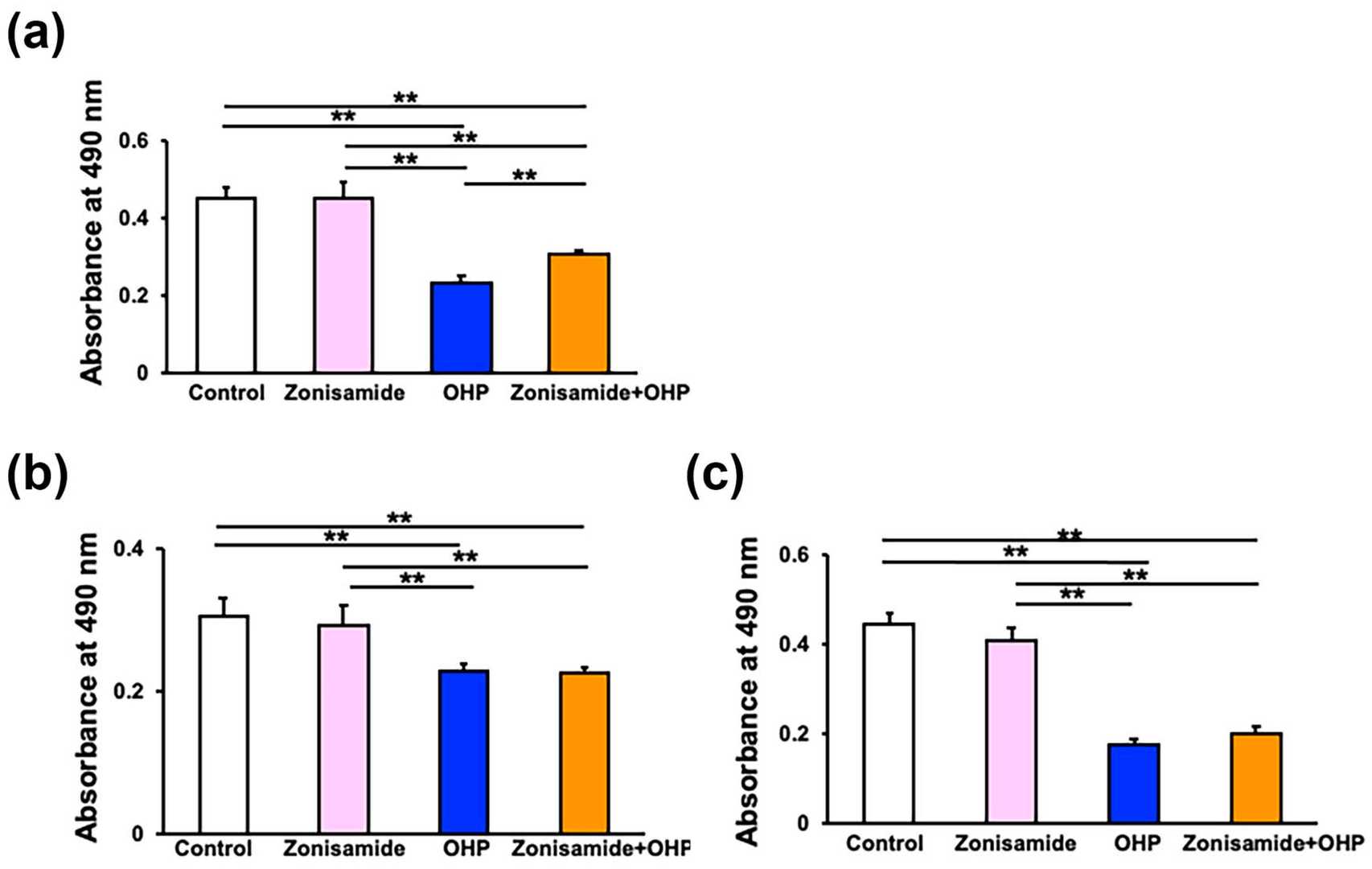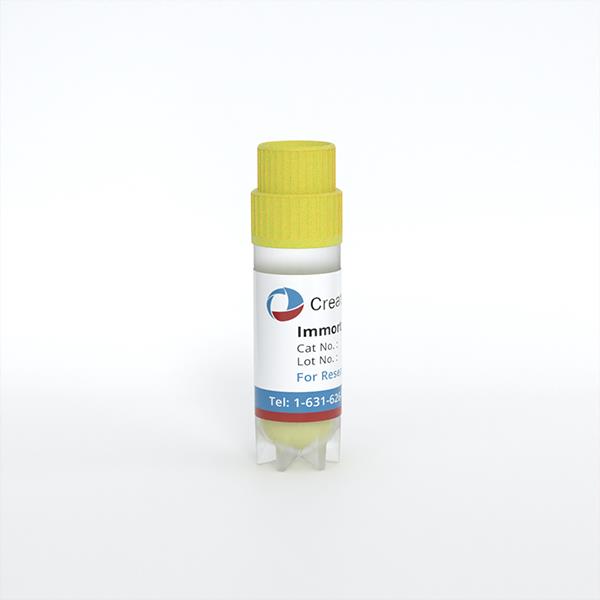
Immortalized Rat Schwann Cells (IFRS1)
Cat.No.: CSC-I9218L
Source: Brain
Morphology: Spindle-shaped
Culture Properties: Adherent
- Specification
- Background
- Scientific Data
- Q & A
- Customer Review
Note: Never can cells be kept at -20 °C.
CIK-HT003 HT® Lenti-SV40T Immortalization Kit
The Immortalized Rat Schwann Cells (IFRS1) originate from the sciatic and peripheral nerves of adult Fischer 344 rats' dorsal root ganglia (DRG) which provide the housing for sensory neuron cell bodies that transmit sensory information. After prolonged culture IFRS1 shows mature Schwann cell characteristics which makes it essential for studying neuron-Schwann cell interactions and peripheral nervous system degeneration and regeneration processes.
IFRS1 cells display a spindle shape that resembles mature Schwann cells and show powerful marker reactions to S100 protein along with p75 neurotrophin receptor and GFAP. The production of neurotrophic factors NGF, GDNF, and CNTF by these cells plays an essential role in supporting neuron survival along with their development. When IFRS1 cells associate with adult rat DRG neurons in co-culture they create myelin sheaths around neuronal axons which supports fast nerve impulse transmission.
In response to nerve injury IFRS1 cells undergo dedifferentiation then move toward injury sites to work with macrophages to remove debris they later grow into Büngner bands that guide axonal regrowth and emit factors that help restore nerve function. These cells exhibit oxidative stress resistance through AMPK-dependent signaling pathways and function as a research model for drug-induced peripheral neuropathy due to their response to compounds such as AMD. Moreover, IFRS1 cells exhibit diabetic neuropathy characteristics when exposed to elevated glucose or lipid levels which makes them perfect models for studying its underlying processes.
 Fig. 1. IFRS1 showed distinct Schwann cell phenotypes such as spindle-shaped morphology (a), immunoreactivity to vimentin (b), and myelination in coculture with adult rat DRG neurons (c, d) (Sango K, Yanagisawa H, et al., 2011).
Fig. 1. IFRS1 showed distinct Schwann cell phenotypes such as spindle-shaped morphology (a), immunoreactivity to vimentin (b), and myelination in coculture with adult rat DRG neurons (c, d) (Sango K, Yanagisawa H, et al., 2011).
Insulin Promotes the Proliferation of IFRS1
Peripheral nerve function relies on Schwann cells which become dysfunctional during diabetic neuropathy. While insulin resistance and neuropathy connections are well-documented the specific effects of insulin on Schwann cells have not been thoroughly investigated. Saiki et al. used immortalized rat schwann cells (IFRS1) to examine how insulin directly impacts cell proliferation and myelin protein expression enhancement.
To determine if IFRS1 cells possess insulin receptors, they tested for insulin receptor beta (IR-beta) expression. Optical microscopy showed that IFRS1 cells were uniform (Fig. 1A). IR-beta presence was confirmed in IFRS1 through immunofluorescence staining (Fig. 1B) and identified as a 95 kDa band via Western blot (Fig. 1C). They assessed cell proliferation through MTT and CCK8 assays. The effect decreased to 1.6 ± 0.2-fold when exposed to LY294002 at a concentration of 3 μM (from 2.0 ± 0.2-fold). Phosphorylation of Akt and ERK was blocked by LY294002 at concentrations above 3 μM and PD98059 at concentrations above 30 nM. PD98059 showed no effect on the insulin-induced proliferation in the MTT assay results (Fig. 2A). Insulin increased IFRS1 proliferation by two-fold in CCK8 measurements (2.2 ± 0.3-fold; Fig. 2B) until LY294002 at 3 μM reduced it to 1.6 ± 0.2-fold which shows the PI3-K/Akt signaling pathway mediates insulin's effects. The compound PD98059 showed no impact on the insulin-induced proliferation rates measured with CCK8.
 Fig. 1. Identification of insulin receptors (Saiki T, Nakamura N, et al., 2021).
Fig. 1. Identification of insulin receptors (Saiki T, Nakamura N, et al., 2021).
 Fig. 2. Insulin promotes the proliferation of IFRS1 (Saiki T, Nakamura N, et al., 2021).
Fig. 2. Insulin promotes the proliferation of IFRS1 (Saiki T, Nakamura N, et al., 2021).
Zonisamide Pretreatment Alleviates the OHP-Induced Toxicity against Immortalized Rat DRG Neurons, ND7/23, but Not against Immortalized Rat Schwann Cells, IFRS1
OHP functions as a platinum-based drug that induces peripheral neuropathy through attacks on dorsal root ganglion neurons. Zonisamide has exhibited neuroprotective activities toward adult rat DRG neurons in vitro and therefore, Takaku et al. aimed to assess its potential efficacy against OHP-induced neurotoxicity.
The researchers investigated oxaliplatin (OHP)-induced toxicity effects on immortalized rat DRG neurons (ND7/23) and Schwann cells (IFRS1) through the application of an MTS assay. A 6-hour pretreatment with zonisamide at 100 μM concentration improved ND7/23 cell viability significantly when these cells were exposed to OHP at 75 μM concentration for 24 hours, demonstrated in Figure 3a. The reduction in cell viability of IFRS1 cells was less severe than that of DRG neurons but zonisamide did not provide significant protection even when OHP exposure reached 48 hours (Fig. 3b and c). Zonisamide did not prevent OHP-caused death in immortalized mouse Schwann cells. The data shows zonisamide fails to protect Schwann cells while past research showed it does not improve IFRS1 cell proliferation or survival.
 Fig. 3. Pretreatment with zonisamide alleviates the OHP-induced toxicity against ND7/23 cells, but not against IFRS1 cells (Takaku S and Sango K, 2022).
Fig. 3. Pretreatment with zonisamide alleviates the OHP-induced toxicity against ND7/23 cells, but not against IFRS1 cells (Takaku S and Sango K, 2022).
Ask a Question
Write your own review
- Adipose Tissue-Derived Stem Cells
- Human Neurons
- Mouse Probe
- Whole Chromosome Painting Probes
- Hepatic Cells
- Renal Cells
- In Vitro ADME Kits
- Tissue Microarray
- Tissue Blocks
- Tissue Sections
- FFPE Cell Pellet
- Probe
- Centromere Probes
- Telomere Probes
- Satellite Enumeration Probes
- Subtelomere Specific Probes
- Bacterial Probes
- ISH/FISH Probes
- Exosome Isolation Kit
- Human Adult Stem Cells
- Mouse Stem Cells
- iPSCs
- Mouse Embryonic Stem Cells
- iPSC Differentiation Kits
- Mesenchymal Stem Cells
- Immortalized Human Cells
- Immortalized Murine Cells
- Cell Immortalization Kit
- Adipose Cells
- Cardiac Cells
- Dermal Cells
- Epidermal Cells
- Peripheral Blood Mononuclear Cells
- Umbilical Cord Cells
- Monkey Primary Cells
- Mouse Primary Cells
- Breast Tumor Cells
- Colorectal Tumor Cells
- Esophageal Tumor Cells
- Lung Tumor Cells
- Leukemia/Lymphoma/Myeloma Cells
- Ovarian Tumor Cells
- Pancreatic Tumor Cells
- Mouse Tumor Cells
